- Turing Post
- Posts
- 7 AI Concepts You Should Know (AI 101 Guide Recap)
7 AI Concepts You Should Know (AI 101 Guide Recap)
Revisiting main concepts that form current AI landscape in 2025
Test-time compute, inference, reinforcement learning, meta-learning – in the bright summer of 2025, these words carry real weight. While we’re getting used to AI, researchers aren’t slowing down – and it’s getting more and more important to understand each of these concepts.
Today, we invite you to revisit (or explore for the first time) 7 main concepts that highlight key AI waves and build a new foundation. They will help you navigate future developments and transformations of the AI world. Happy learning! →
1. What is test-time compute and how to scale it?
Shifts to slow “thinking” through multiple steps, a process known as Chain-of-Thought reasoning, tie into a fascinating topic: test-time compute, which involves allocating more computational resources during inference.
Here we express a broader look at test-time compute, discussing five methods to scale it and how it can enhance AI models’ reasoning. This is one of our most read articles. It’s worth spending some extra time on it and share it with colleagues.
You are on a free list. Upgrade if you want to read all the following articles and be the first to receive all new deep dives directly in your inbox. Simply your learning →
2. What is LLM Inference, its challenges and solutions for it
Test-time compute is connected to another important topic of 2025. While much of the focus used to be on training models, now attention has shifted to inference, the phase where models deliver real-world value. This step is what makes LLMs practical and impactful across industries.
This episode is a brief overview of the main aspects of inference, including what it is, its challenges, and techniques for its optimization.
Honoring the concept, we’ve launched an interview series called Inference → check it out here
3. Things You Need to Know About Inference
This one provides a broader look at inference, exploring its fundamentals – everything you need to know to feel confident with this part of a model’s function: key concepts, workflows, types, optimization techniques, and of course, some latest developments in the field.
Explore to know why inference matters so much in AI today!
4. RLHF variations: DPO, RRHF, RLAIF
Models should express what we want to see from them, right? One of the most popular training techniques to align models with human preferences is Reinforcement Learning from Human Feedback (RLHF). It is now explicitly used in the most advanced Reasoning Models. However, RLHF isn’t a universal solution for everything. That’s why, it is useful to know smart alternatives to it:
Direct Preference Optimization (DPO): Trains the model directly from human preferences, avoiding using RL and the separate reward model.
Reward-Rank Hindsight Fine-Tuning (RRHF): Reframes alignment as a ranking problem, also avoiding explicit RL.
RL from AI Feedback (RLAIF): It's like RLHF but replaces human feedback with AI-generated answers.
All the details ⬇️
Also, might be useful to read this article, about GRPO → What is GRPO and Flow-GRPO
5. What is Meta-Learning?
What sets a brilliant mind apart? The ability to learn how to learn. Meta-learning is the key to fast, flexible, and efficient adaptation of models to new, unseen tasks with minimal data. It allows models to learn from a few examples, gain experience, and use their memory effectively. Notably, it’s a higher-level framework that can be applied on top of supervised, unsupervised, or reinforcement learning. Here is how this concept works and can be implemented in current AI systems.
6. What is Causal AI?
To properly explore why something happens using AI, we need systems that will focus on cause-and-effect relationships. And this is the specialization of Causal AI. It helps with decision-making, planning, and "what-if" scenarios – areas where regular AI falls short. Unfortunately, we don’t talk much about Casual AI. But it’s an absolute must to start doing it. It is still largely academic or niche-industry focused, but it might be crucial for achieving human-like reasoning and AGI.
What is Causal AI, the ideas behind it, its basics, workflow, real-world influence examples, and why we need to pay more attention to it – all of that is here for you.
7. What is Defense AI?
This episode is about AI in real-world practice – modern defense. Explore the secrets of how it is used in autonomous drones, multi-agent systems, logistics, training of soldiers, cybersecurity, battlefield decision-making and situational awareness.
Want a 1-month subscription? Invite three friends to subscribe and get a 1-month subscription free! 🤍
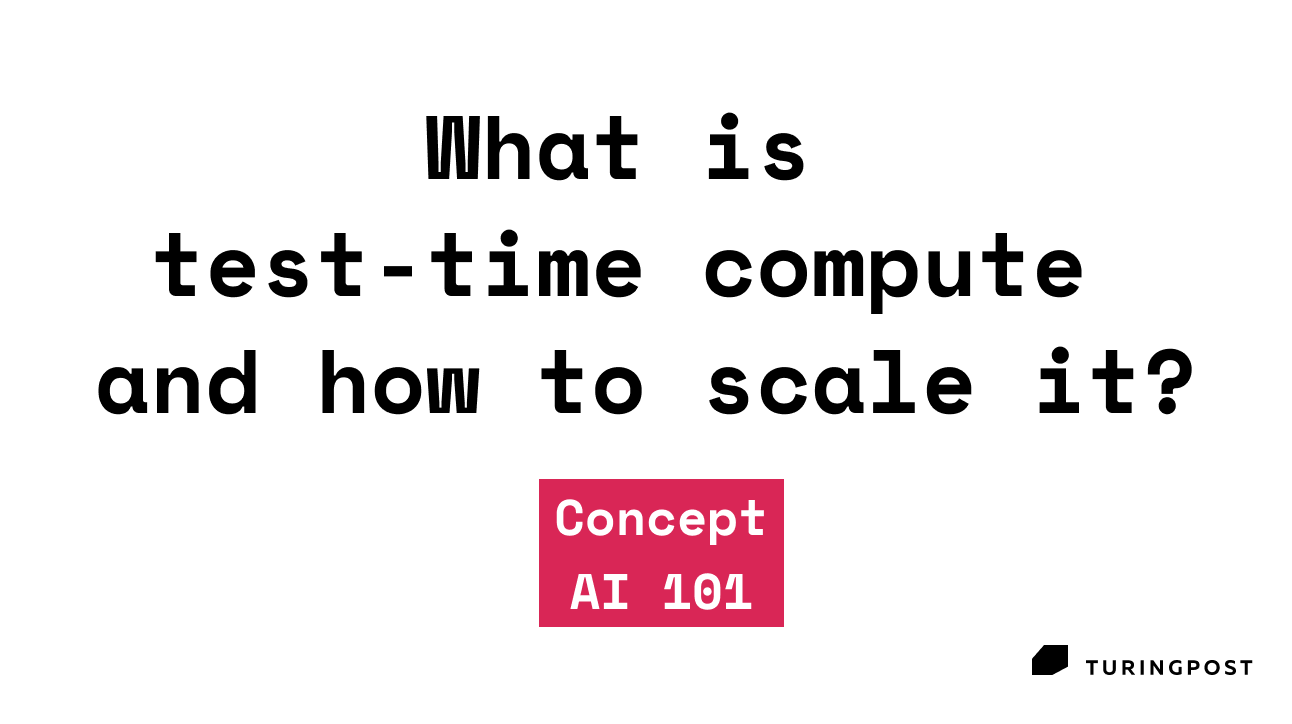
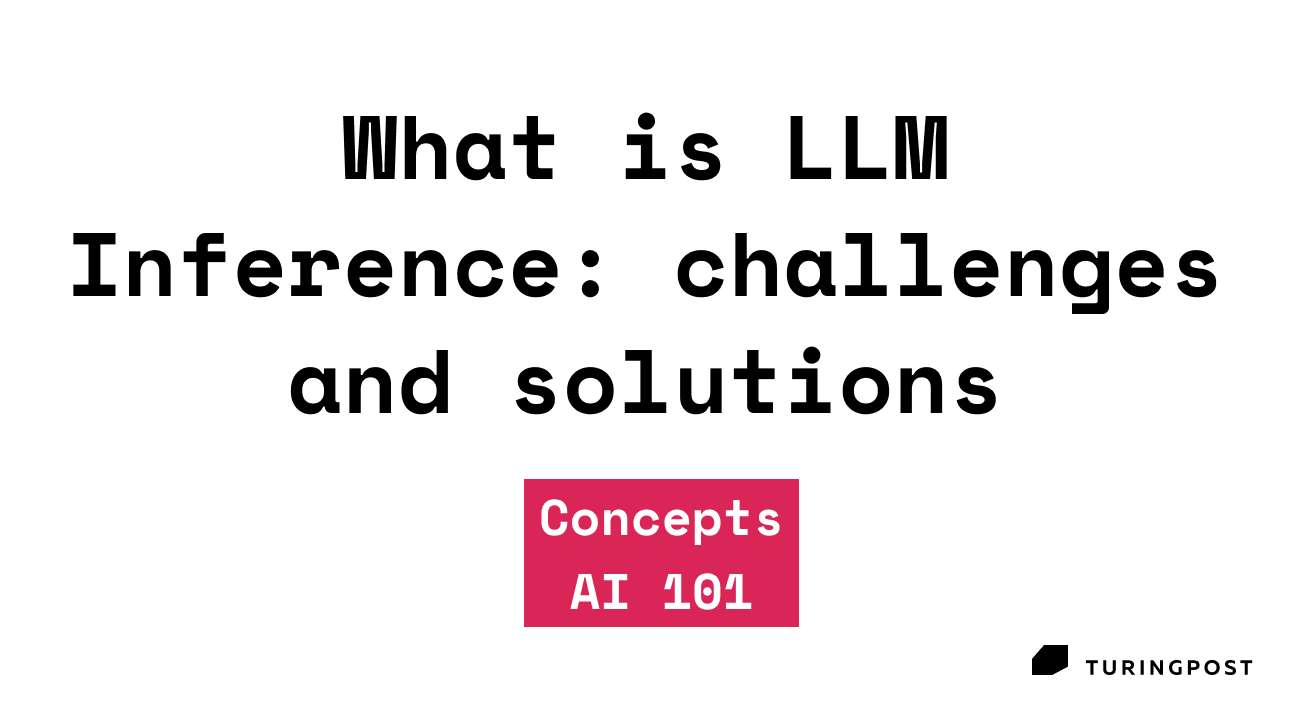

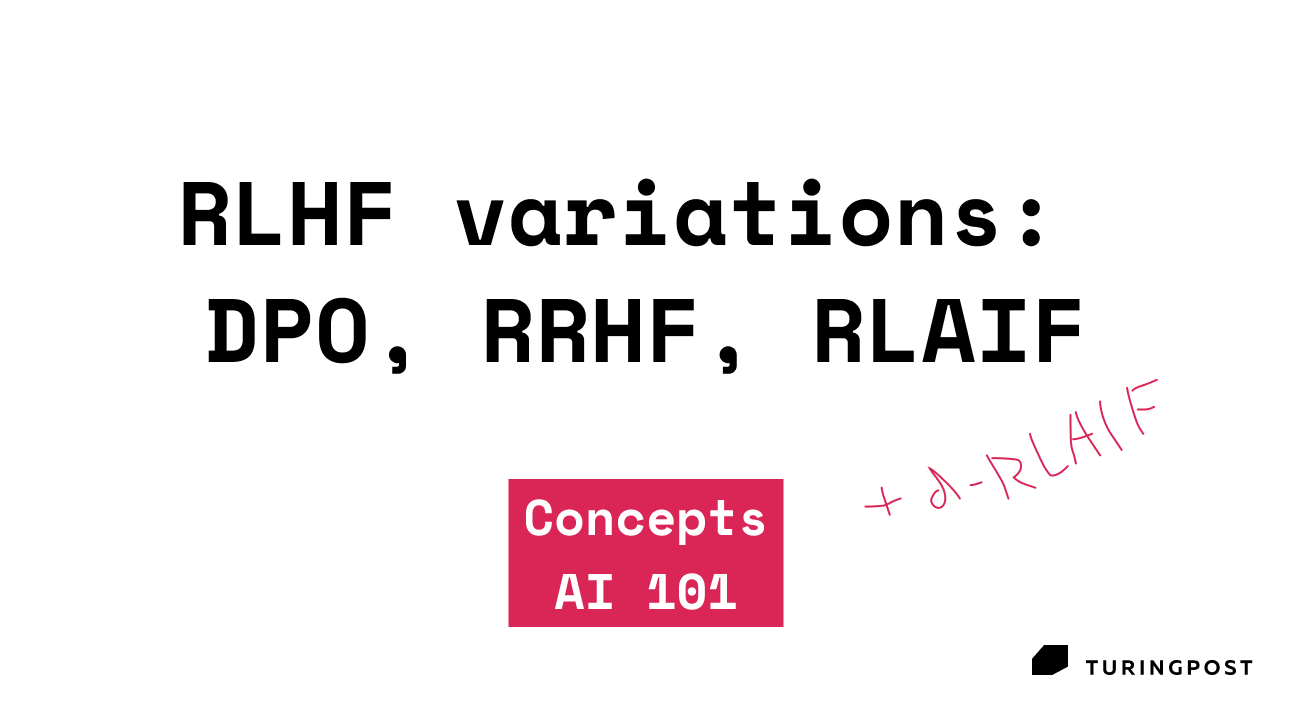
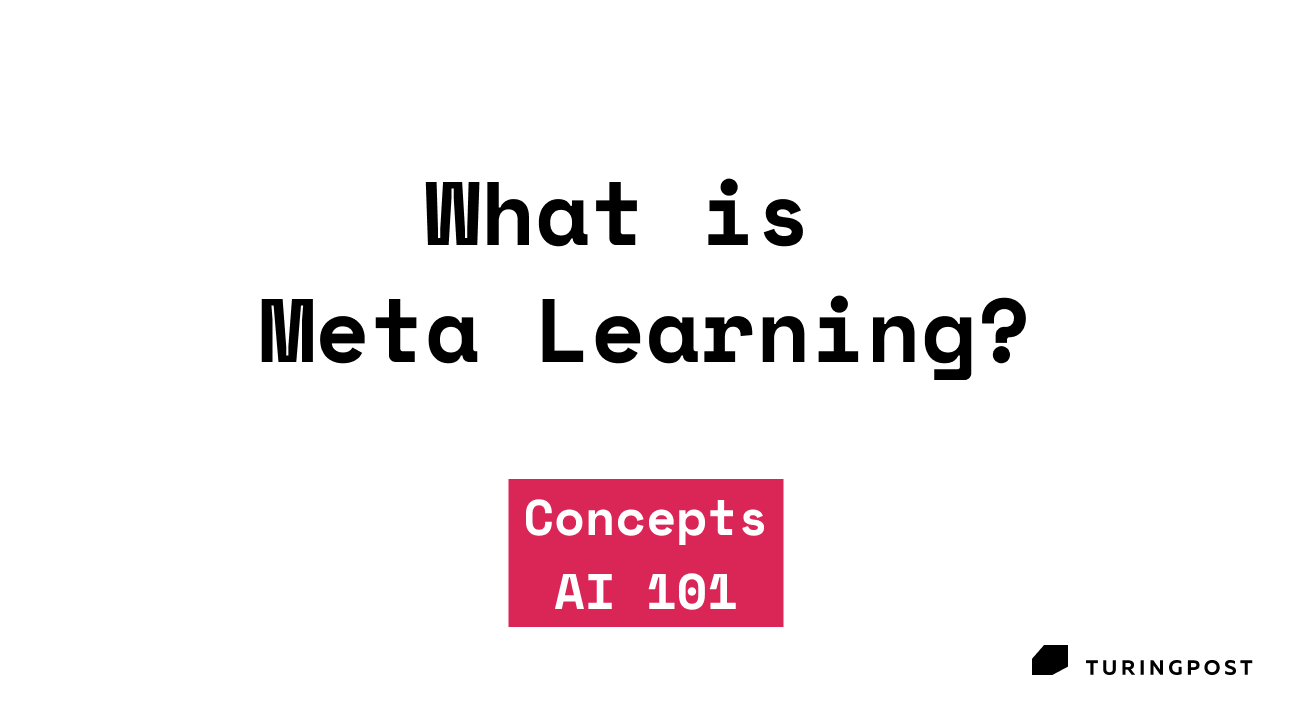
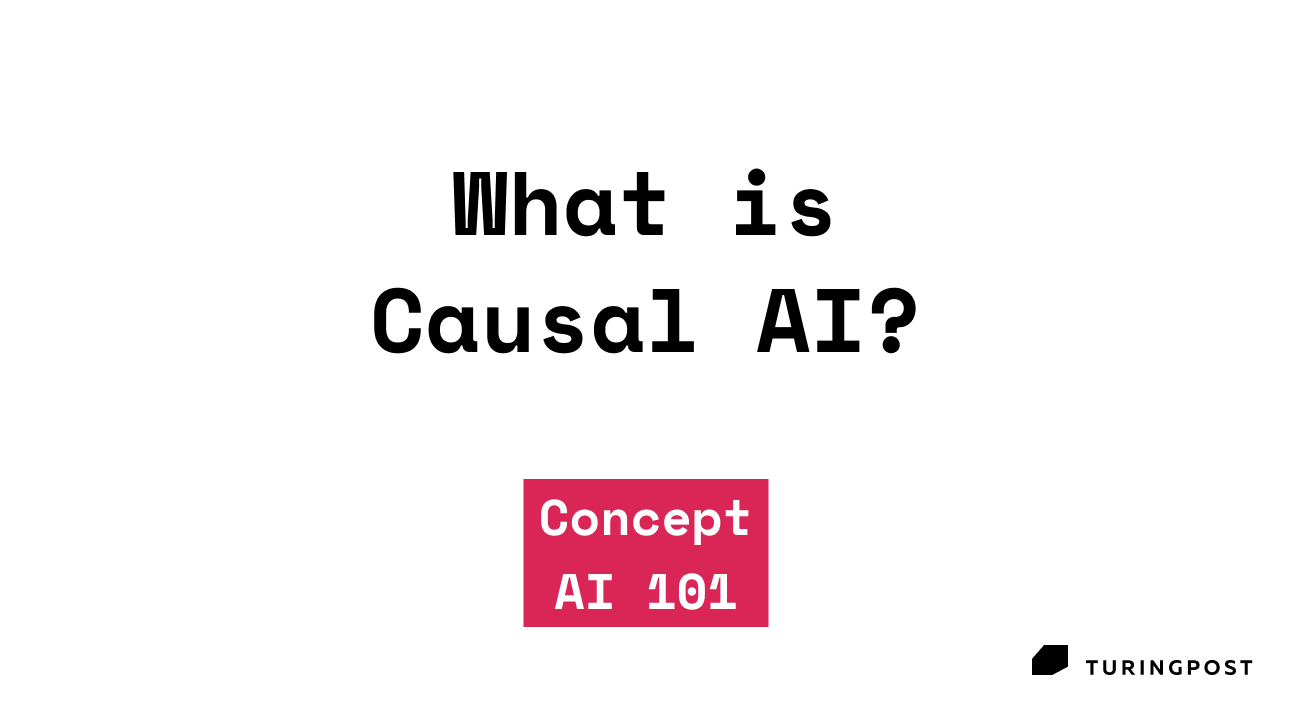
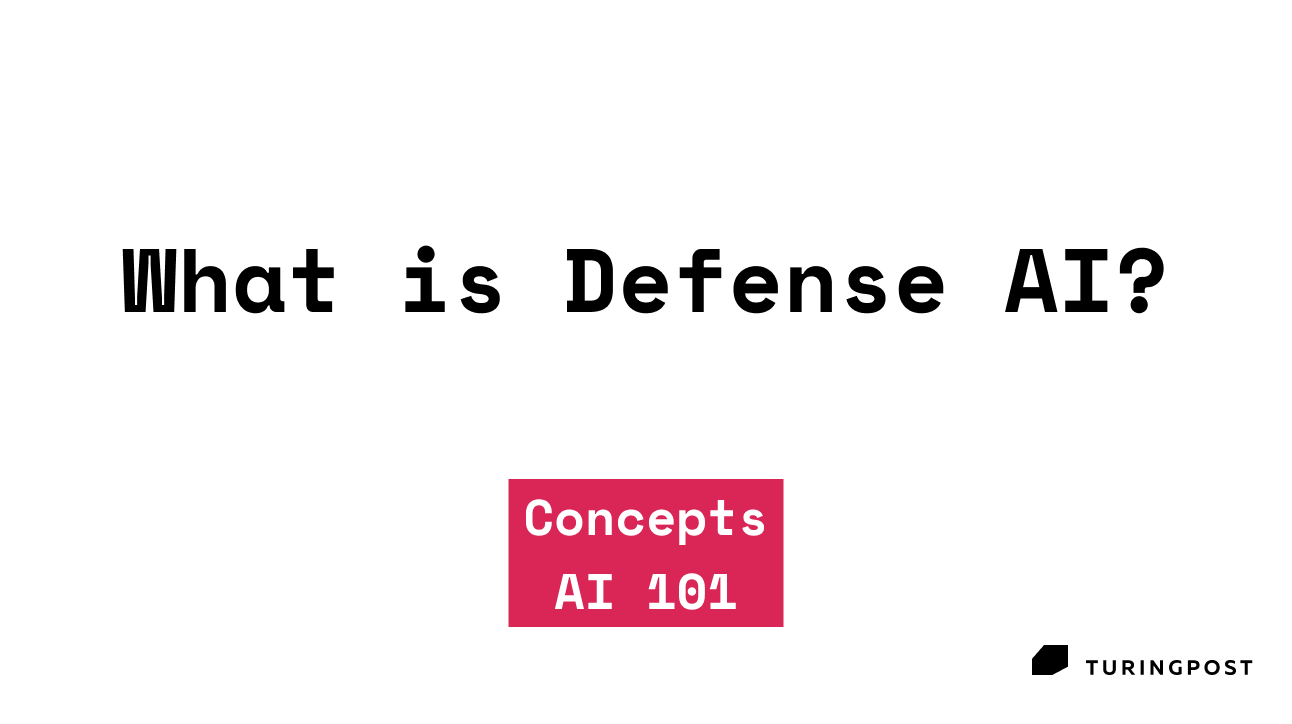

Reply